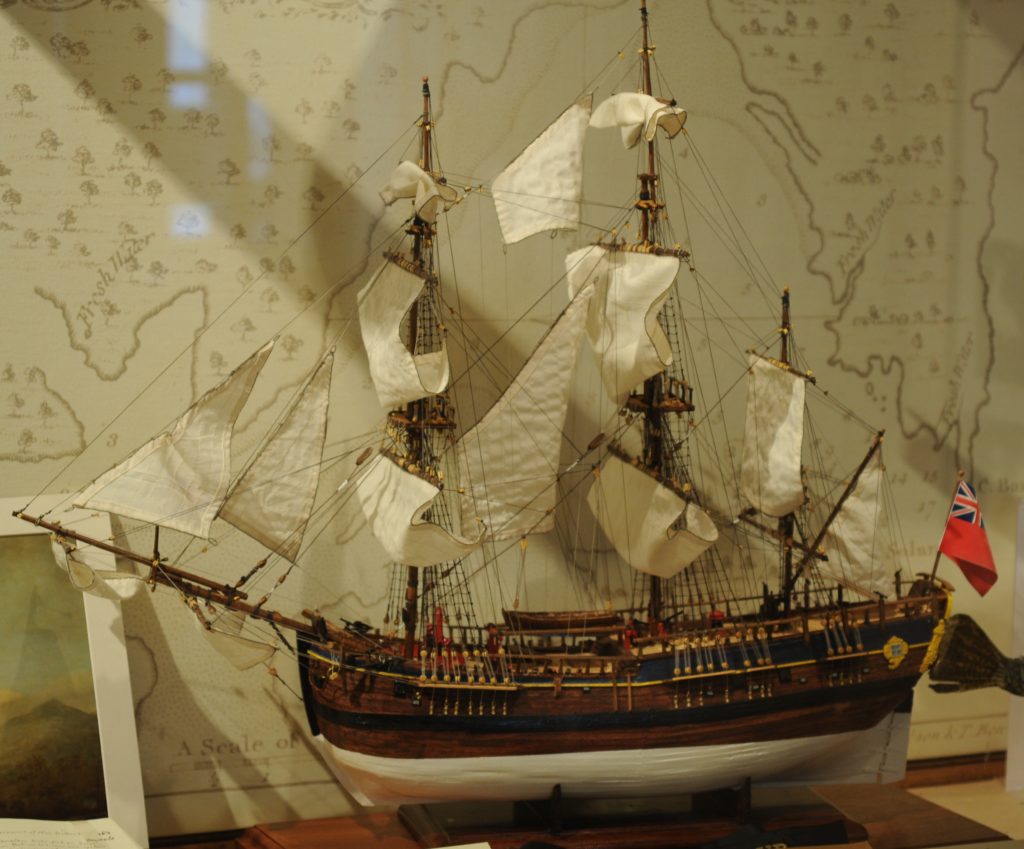Ahoy there! Back to the usual format this week; whose stern have we caught on camera?
Did you know what last week’s object of the week was?
Well done if you correctly identified the specimen last week as a butterfly of the Genus Heliconius (the specimen shown was Heliconius charithonia). These beautiful butterflies are found in the tropics and have a characteristic shape with elongated forewings, and brilliant colour patterns of black, red, orange, white and iridescent blue.
This group of butterflies was noticed by the explorer Henry Walter Bates who wrote the first scientific accounts of mimicry. They are an important group because they provide examples of both:
Batesian mimicry (harmless butterfly species have evolved to mimic the warning signals of poisonous Heliconius species and so avoid being eaten by predators)
Müllerian mimicry (two or more poisonous Heliconius species that live close together evolve to mimic each other’s warning signals and so reduce the number of both species that get eaten by predators)
Click here to read more about mimicry in nature.




